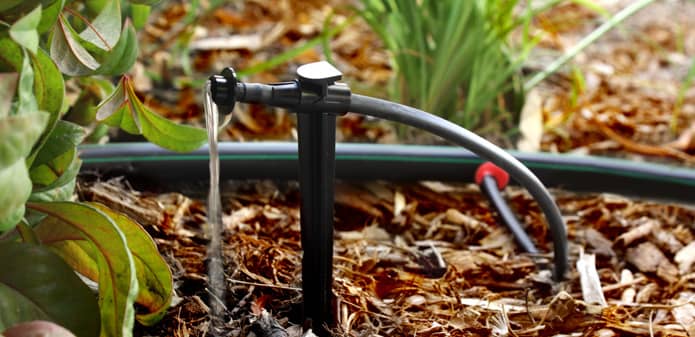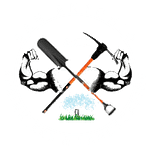Drip systems continue to grow in popularity year after year and this trend will continue due to their efficient use of water. There are three primary types of drip irrigation that are commonly used: Drip-line with preinstalled emitters, single point punch in emitters, and micro sprinkler heads. In addition to the different types of drip systems there are also several different installation styles and as with anything, there is a right way and a wrong way.
Some of the pros and cons of drip systems.
Pros:
- Water conservation
- Greater water window during water restrictions.
- Potential water municipality rebates for conversion.
- Eliminates water runoff and overspray
- Eliminates staining and damage to hardscapes, buildings and trees
- Average reduction of water usage by 40 percent
- High water application efficiency
- No blockage of water by growing plants
- Good for slopes and odd-shaped areas
- Moisture within the rootzone can be maintained at optimum capacity
- Minimizes soil erosion
- Minimizes weed growth
- Highly uniform distribution of water by controlling output at each emitter
- Foliage remains dry, reducing the risk of plant diseases
Cons:
- Initial cost can be more than surface systems
- Higher maintenance
- Clogging: if water is not properly filtered and the equipment not properly maintained.
- Difficult to activate top-dressed fertilizers or herbicides that require moisture
- Waste of water and time if not installed properly
- May not wet soil enough for seed germination in lighter soils.
- Careful consideration required of the installation depth
- Difficult to visually inspect for operation due to sub-surface nature. Dead plant material is often first indication.
We incorporate professional drip irrigation services is many of our projects every year however there are many applications and scenarios where we advise drip may or may not be the best solution. Give us a call or email and we will be happy for the opportunity to discuss your project and set up a time for a free evaluation.

How Would You Like To Get In Touch?
Call Us
Call today to schedule service.
210-627-3850
Email Us
Do You Like Email? We Do Too.
Contact Form
Or use our contact form;








































